Disney Infinity is a wonderful way for children of all ages to indulge their desire to create and explore, but are all of these colourful pieces of expensive plastic really necessary?
Setting aside the game’s creativity-exercising segment for the moment, let’s consider the origin of Disney Infinity. The game’s roots lie in 2010’s Toy Story 3: The Video Game from Avalanche Software.
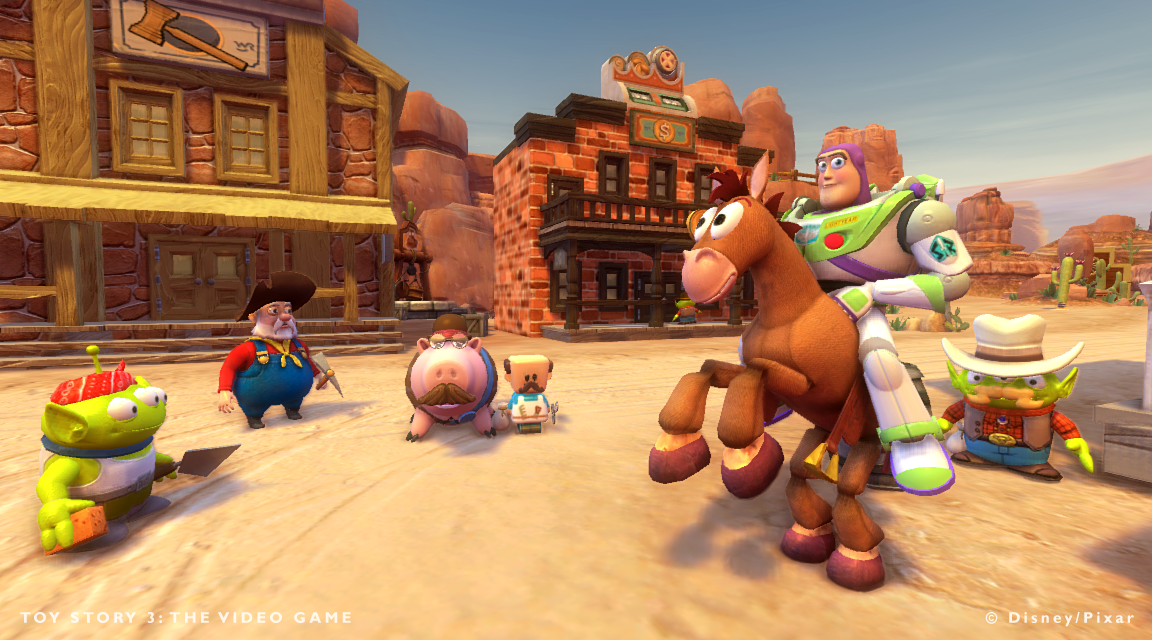
On top of a rather bland collection of movie tie-in levels, Avalanche built an entire separate game they called Toy Box mode. Here there were adventures to be had, scenery to be customised and built, missions to complete and characters to dress. It was an eye-opening way to do a tie-in to a “children’s” movie, but it didn’t quite scratch the playing with toys vibe as I’d hoped it would.
That same exact experience, right down to the engine and super-deformed non-player characters, is what each of the Disney Infinity Play Sets offer. The three Play Sets available in the Starter Kit — Pirates of the Caribbean, The Incredibles, and Monsters University — could very well have been downloadable modules for that 2010 game. There are variations and additions for each theme, of course — the Pirates Play Set in particular has some amazing naval battles — but it’s the same accepting missions, decorating buildings, dressing up NPCs. They’ve even got the same limitations — the Wii version of Toy Story 3: The Video Game couldn’t handle co-op, and neither can this one.
But this is better, and damn it, it’s because of the toys. The same way the Skylanders franchise to date has been so successful despite the actual games being just ok, there’s a strengthened connection that comes of having an actual physical representation of your on-screen character in front of you. Being able to pick up Jack Sparrow, look him in the eye and say “OK mate, you’re up.” To which he fumbles about charmingly, as he does.
That doesn’t mean the whole thing isn’t an egregious cash grab. The opening moments of Disney Infinity involve a lengthy interactive cutscene that’s essentially an advertisement for toys that aren’t out yet. As you play the game you’re constantly stumbling upon chests that can only be opened by a certain character you may or may not own. They appear all over the place, even in the middle of your deeply-involved Toy Box builds — turn around and suddenly there it is, like some Japanese horror film reject. Don’t even get me started on the damn blind-bagged Power Discs (I’ve spent $US20 on them so far).
Oh, and then there’s the Hall of Heroes, an entire level dedicated to making children whine at their parents.
Back to the Play Sets. Each one is an expansive side-story in its respective property, offering multiple hours of wandering about, completing missions and not-so-much defying death as side-stepping it entirely. It’s all very kid-friendly and safe, though the Lone Ranger set might give children the idea that all Native Americans can transform into crows.
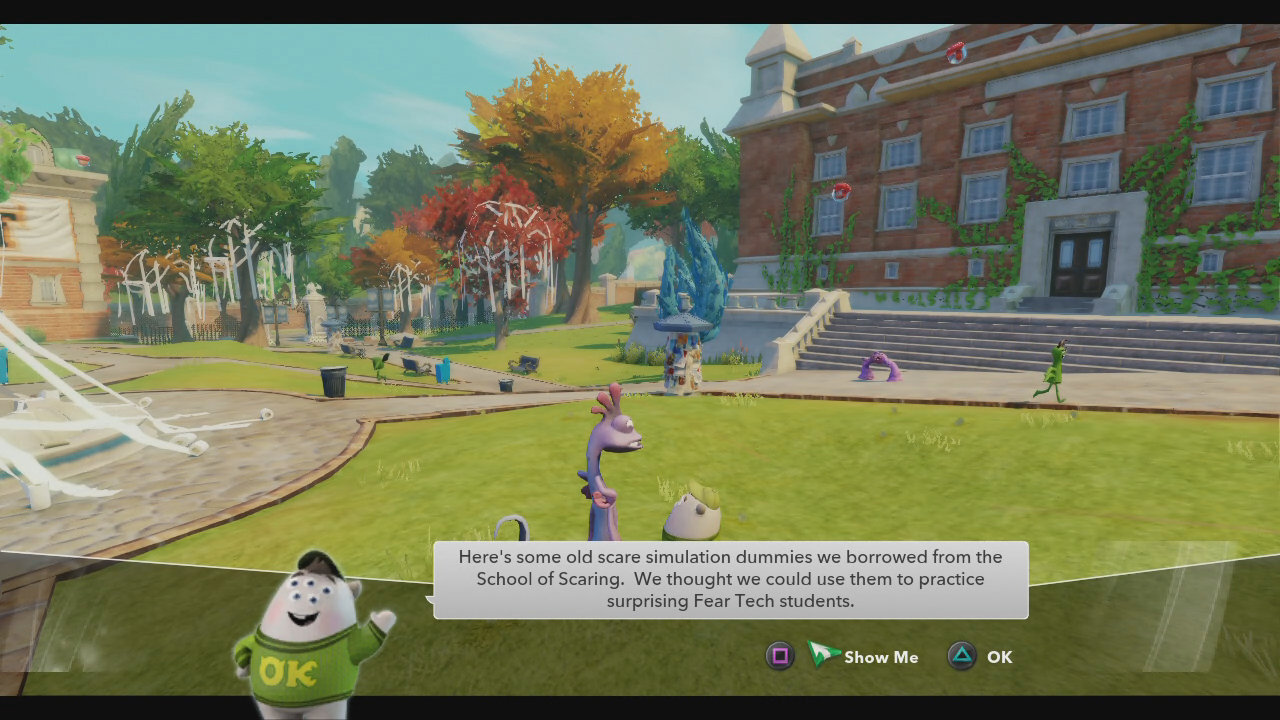
Strip away the Toy Box abilities and the actual toys and you’d be left with the same sort of mediocre budget movie tie-ins we’ve been suffering through for year. Just look at that mission-giver in the screenshot above. We’ve got a high resolution 3D model on the screen, and dialogue is presented by fuzzy 2D picture. That’s just sloppy.
It’s a sloppiness that runs through all aspects of the game, making it feel as if it was a bit rushed. Choosing to exit or load a level results in several seconds of just sitting there until something happens. There are sound effects missing. The menus are a bit of a mess. Statues in the Hall of Mummy I Want This randomly disappear after they’re spawned.
These are all minor annoyances. The only major one I encountered (well, aside from the PlayStation 3 patch error that made the game unplayable for two days at launch) was with the Toy Vault, a mechanic through which players can spend coins gained through adventuring on random items to add to their arsenal of building bits and pieces. There is absolutely no reason for this process to be random, other than to make a grown man cry. Seriously, just watch this.
I wanted that Recognizer so badly.
The bits and pieces gained from random spinning and gathered via capsules collected during Play Set exploration become the building blocks of Disney Infinity‘s greatest feature: Toy Box mode.
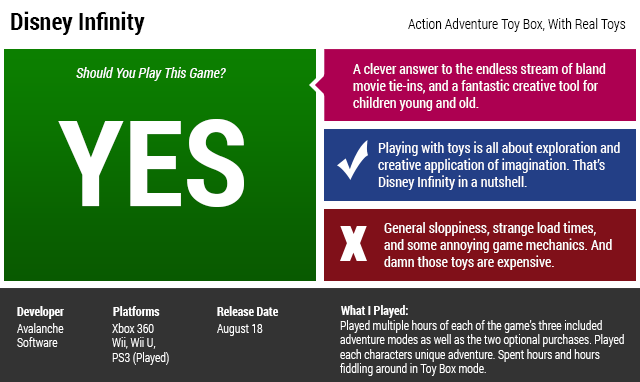
The Toy Box is where the magic happens. It’s where the power of toy-aided imagination is unleashed upon a blank canvas, giving players the ability to create marvellous (and sometimes incredibly stupid) things.
From simply stacking one block on top of another to wiring together triggers and effects to create complicated, Rube Goldberg-esque mechanisms, a player’s progression through the Toy Box mode of Disney Infinity imitates the play patterns of children as they grow. They start with blocks. They learn to put them together. Dominoes teach them cause and effect, Erector and LEGO sets show them how to put it all together. These are skills we carry with us the rest of our lives, whether we become architects and engineers or janitors and video game journalists.
Toy Box mode taps directly into the play center of the brain and harnesses its full potential, even if that potential is severely limited.
As demonstrated in the early downloadable pre-made levels provided by Disney, there’s potential to create works of beautiful complexity in this tool — interactive games, virtual art installations, devious traps for your friends to stumble upon in co-op mode. What’s amazing is how simple it is to achieve such complexity. Within a few short tutorials, even the most dense and unskilled creator (hi!) can create linked teleporters, scored mini-games, or spinning dance death machines.
And yes, a major part of that is these stupid plastic toys, giving us something to hold on to. Grounding us in reality as we explore the fantastic reaches of our imaginations, guiding us home when we’ve stared at the disco ball playing “Sugar Rush” for nearly an hour.
They’re actually quite well-sculpted and painted figures. I was provided with a set for review, minus the Cars and Lone Ranger playsets, which I purchased myself, and each figure was relatively flawless — not a speck of paint out of place. That’s quite uncommon in toy circles, espcially when they’re being produced in such large numbers.
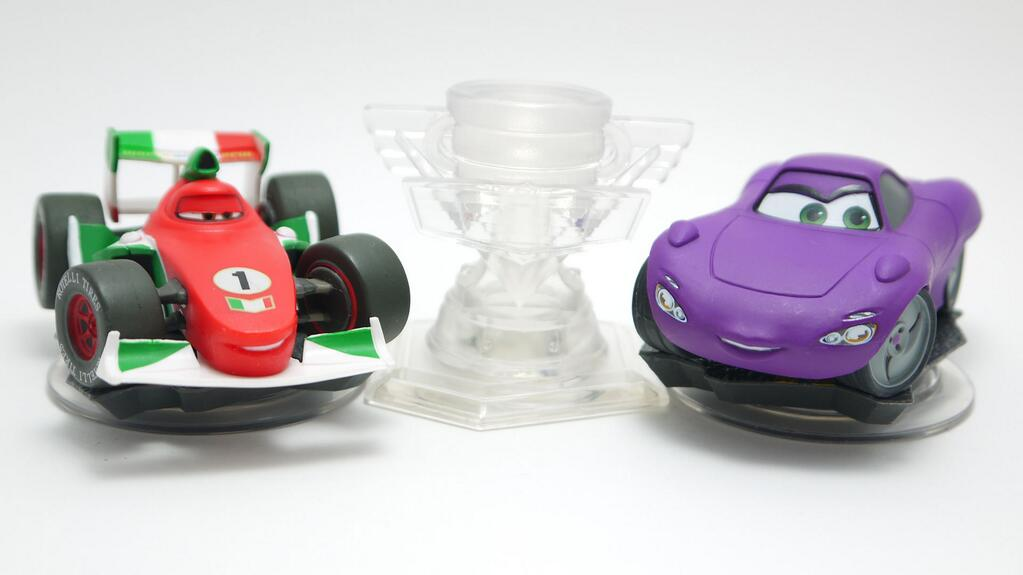
And damn if the uniform style they’ve applied to the design doesn’t make impulsively collecting all of them so very easy.
Would Disney Infinity still work without the toys? To an extent, sure. We’d still have an amazing building tool, and a handful of interesting places to explore. We’d have fun, sure, but the moment we turned off our console, it would be gone.
My desk is covered with Disney Infinity toys, the harbingers of digital adventures, the avatars of personal creations both monumental and perpetually in-progress. I can’t spend all my time in that colourful electronic world, but the memories are always within reach.
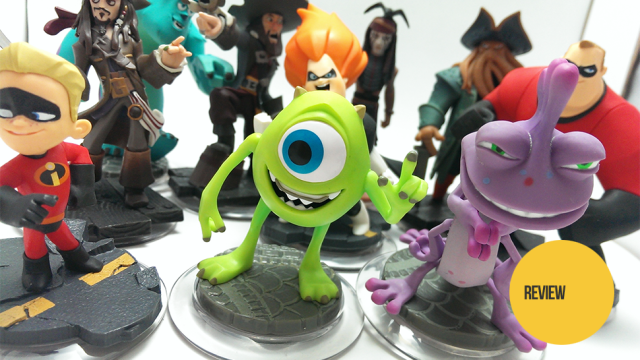
Comments
14 responses to “Disney Infinity: The Kotaku Review”
I’ve heard this thing is addictive as hell, so I have concluded that I can’t afford to own it.
It has sunk it’s claws into me. Send help.
Good ol’ Disborg. It must be great to own so many licenses with the ability to print obscene amounts of pure, sweet cash.
Starwars expansion coming soon…:p
Don’t be silly, they could do a whole new star wars game, it would be the same work but they could charge far more.
Disney also own the Marvel License, that’s a game too.
Do we know if they have any intention of bringing this to Xbox One or PS4? I have seen that Disney has a 5-year plan for this but haven’t seen any information on a next gen release. I would prefer to wait till the new-gen versions came out.
The good news is at least the toys aren’t locked to a platform. So they did bring our a next gen version, all the figurines would work with it.
I would be surprised if it wasn’t released next gen considering its already on basically every current gen device.
I am enjoying this game far more than I should or thought I would…
I’m not 100% sure if it’s just my PS3, the fact I’m using a wireless controller OR if it’s badly optimised but I’ve noticed a little bit of input lag whilst playing in The Incredibles playset. (keep in mind I haven’t touched the Pirates/Monsters Inc playsets yet nor have I played in Toy Box mode).
Is anyone else noticing this slight delay? Is it on all consoles or is it only an issue for me?
Depends, mr incredible is a hefty lump and so slow to dodge and jump. Nothing to noticeable though.
Much more when played with kids… Who often don’t want to do the missions and much prefer just running around. 😉 While I am enjoying the game the part I was looking forward to the most (toy box) has been messed up by the whole ‘limit’ placed on your imagination by not having the right disc or having played for hours to find that one capsual…
I am pretty sure this thing was going to make massive wads of cash without being so tight on content in the toy box. Community made levels may end up being the best thing for this franchise, but we will have to see.
Do you remember when you would buy a video game and it would have all of the characters already in the game? those were the good ol’ days.
Disney you’re a bunch of filthy money whores.
i didn’t find Toy Story 3 bland at all. i loved it and i thought it was great. not enough coop cartoony games around that can be enjoyed by parents and kid alike
It looks cool, but I’m not a big “creator” when it comes ot games, and I’m really OCD when it comes to “having them all” with toys.
This game is a big no no for me.